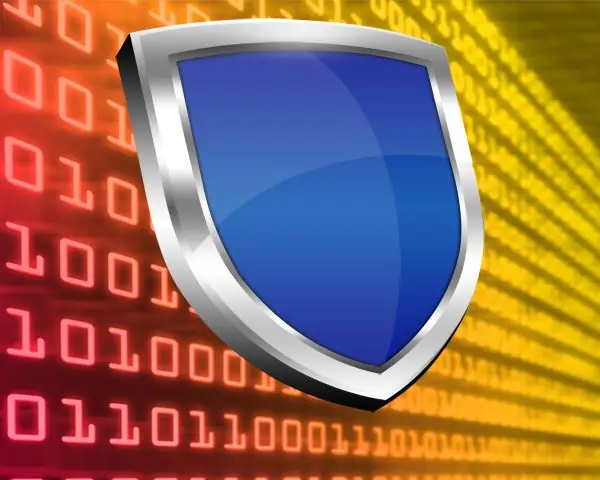It is better to scan the disk for viruses using an antivirus program installed on your computer. Online validation or one-time validation utilities are less preferable. Online scanners require administrator rights or the installation of ActiveX components, and granting such rights over the Internet is no less a threat to data security than a virus. And utilities of a one-time check by definition do not deal with permanent protection of the computer.

Instructions
Step 1
If you do not have a resident antivirus program installed, then the first step should be to select, download and install it. It is not necessary to select all the antivirus parameters for a very long time and carefully - to familiarize yourself with almost any of them, even a paid one, you can install for free for a period of two weeks to a month. In any case, this period will be quite enough for you to check all the disks of your computer. For example, you can download and install Avira antivirus, although there are also Nod 32, Kaspersky, Panda, Dr Web and others.
Step 2
After installation, the antivirus will ask you to restart your computer - do it. Then open Windows Explorer. This can be done by pressing the keyboard shortcut WIN + E (Russian Y) or by double-clicking the "My Computer" icon.
Step 3
Move the mouse cursor over the icon of the disk you want to check and click on it with the right mouse button. In the context menu that appears, select the item to scan it for viruses. Depending on the type of antivirus you have installed, the wording of this paragraph may differ - in the case of Avira, the inscription will be like this: "Check selected files with AntiVir". The anti-virus will scan the disk and if suspicious files are found, it will offer you to select options for actions with them.
Step 4
You can do without Windows Explorer - open the antivirus panel by double-clicking its icon in the desktop tray. In the antivirus window, find the option to check local drives. For Avira, to do this, in the left pane, open the "Local protection" section, then in the right pane, click the bottom item ("Custom scan"). As a result, a list of disks on your computer will open with checkboxes opposite each of them - check the boxes next to the ones you need. Then right-click on any of them and select "Start scan" from the context menu, or simply press the F3 hotkey.






